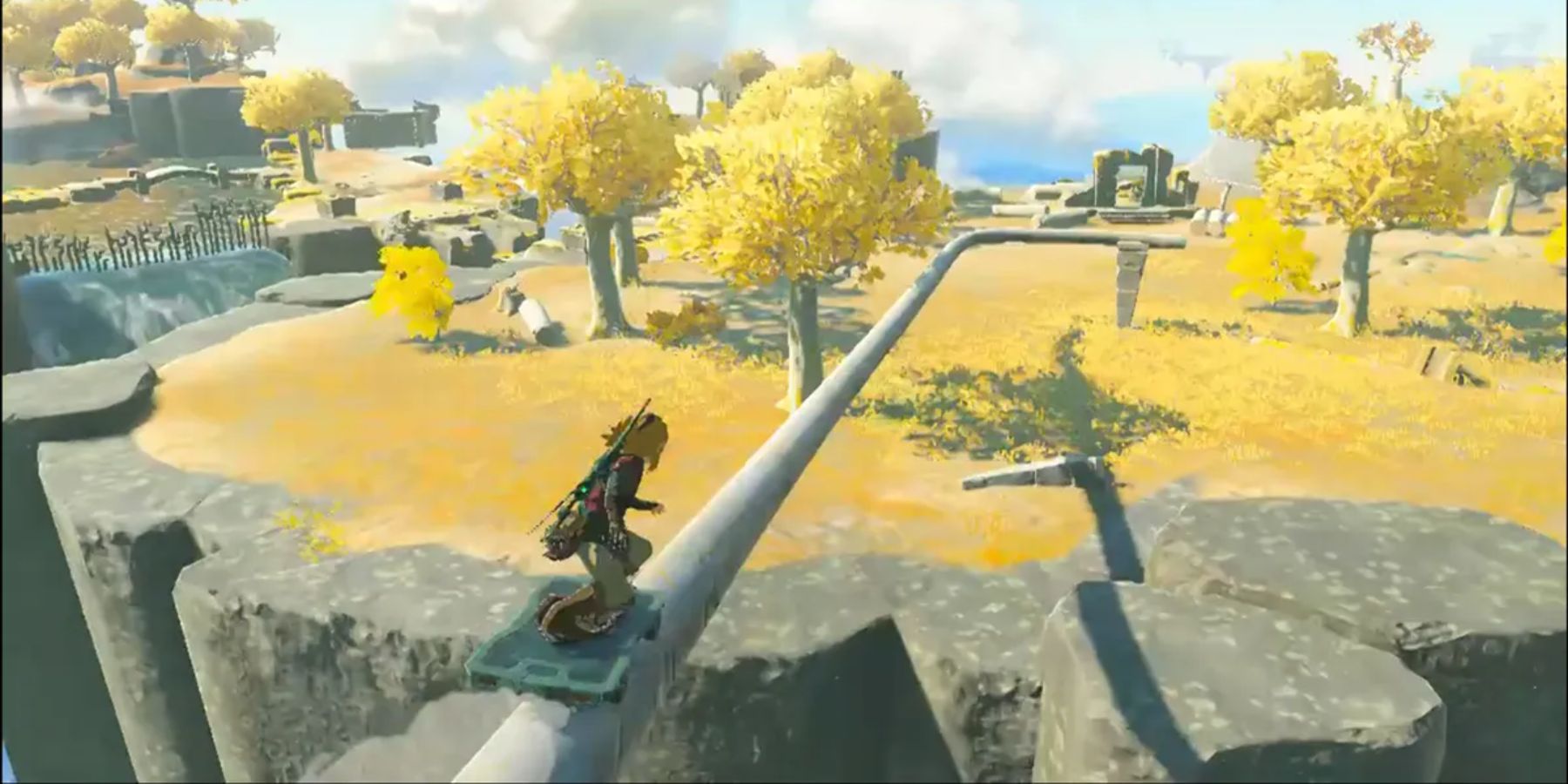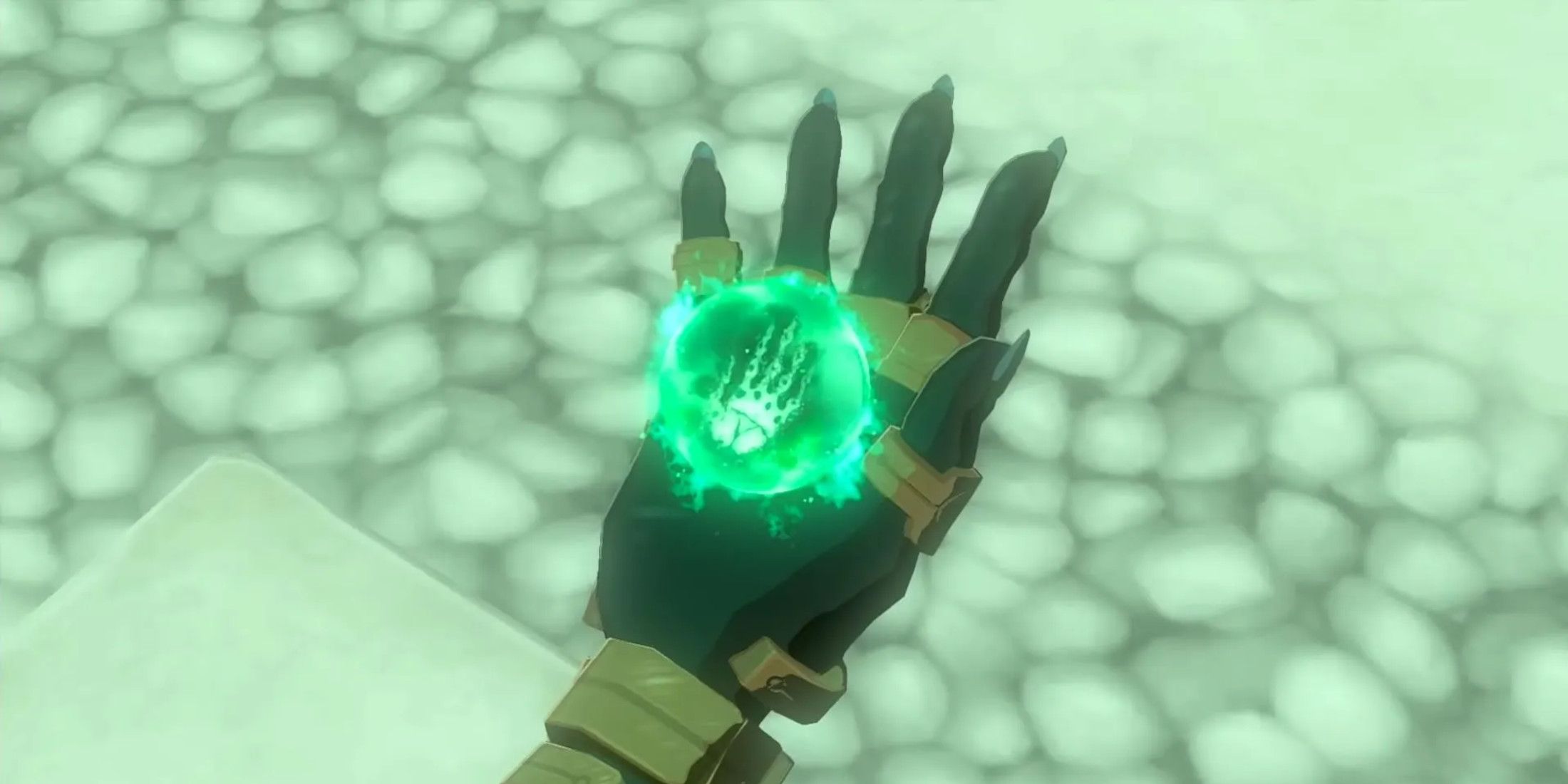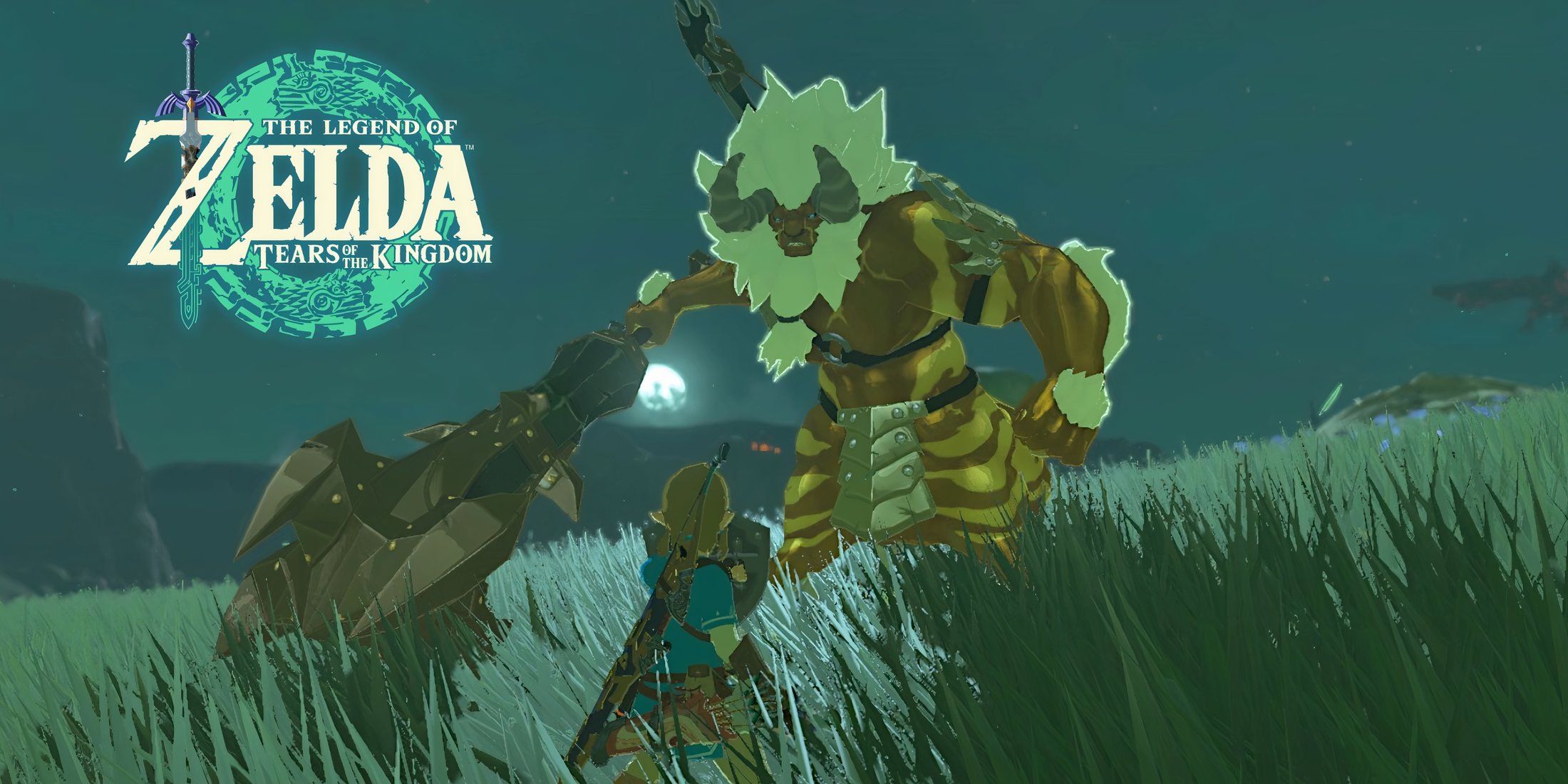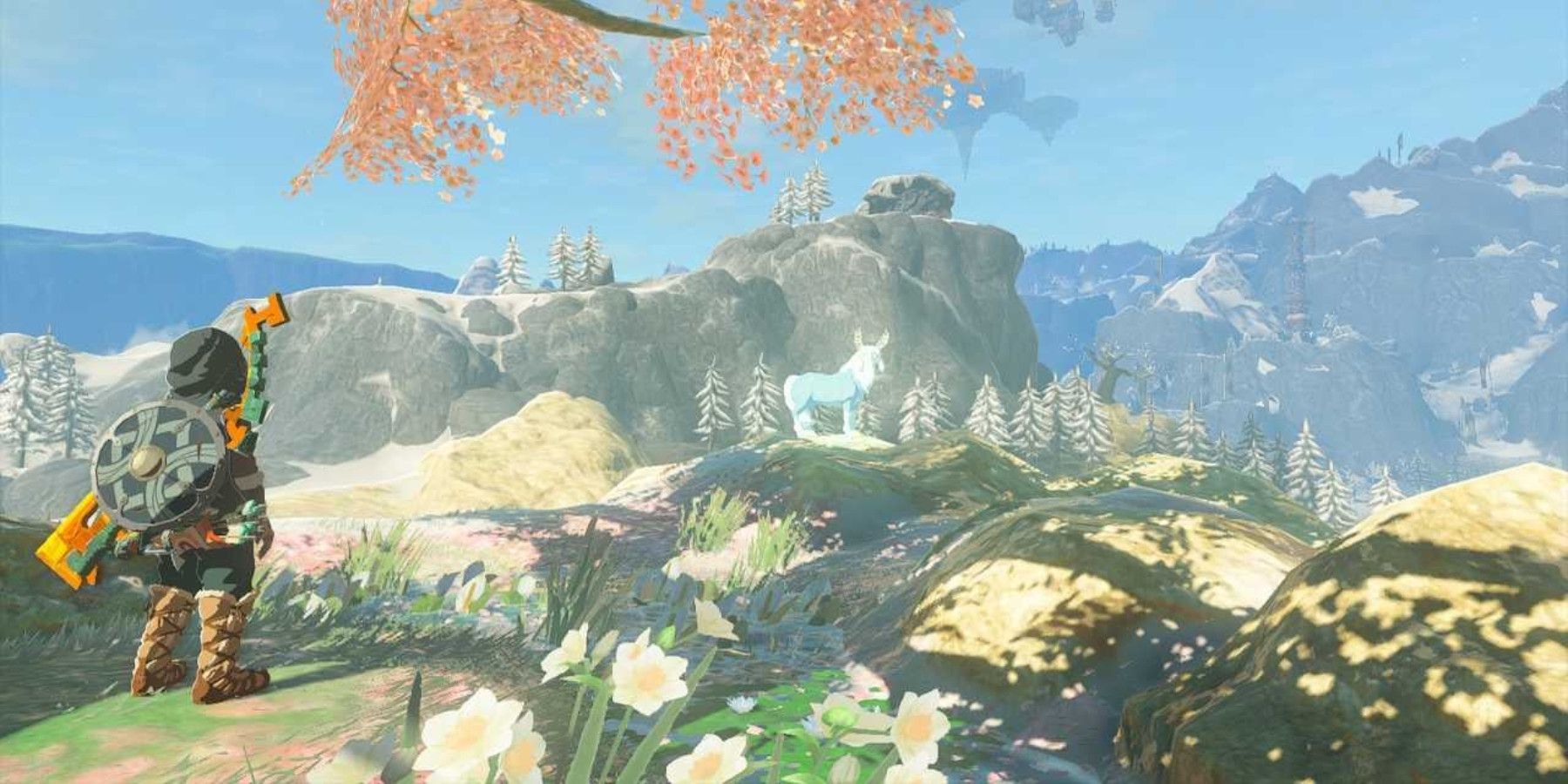Highlights
- The next Zelda game will likely move away from the post-apocalyptic setting, potentially reintroducing urban environments for more interactive gameplay.
- Tears of the Kingdom and Breath of the Wild focused on a sparsely populated world, which was unique but limited NPC interactions and world design somewhat.
- Shifting in direction could bring back detailed and populated cities, offering more diverse and immersive experiences for players.
With The Legend of Zelda: Tears of the Kingdom completing the story that Breath of the Wild began, Nintendo has confirmed that the next entry in the series will be taking things in a different direction. This should ultimately be a good choice for the Zelda franchise, as it gives room for further innovation and creativity, not just in terms of narrative and thematic framing, but gameplay and world design.
Breath of the Wild begins about 100 years after an event called the Second Great Calamity, a disastrous, apocalyptic event brought about by Calamity Ganon which effectively destroys the sprawling and thriving kingdom of Hyrule. This event and the subsequent years of recovery result in the post-apocalyptic version of Hyrule that players traverse in Tears of the Kingdom and Breath of the Wild, a country that is defined by its sparse population and modest towns and villages, all reclaimed by nature. This premise informs the environmental design, leading to two games that consist almost entirely of natural vistas and landscapes, with virtually no major cities and few friendly NPCs.

Zelda: Tears of the Kingdom's Successor Can't Abandon One Radical Movement Technique
Several fun traversal options were introduced to the Zelda series in Breath of the Wild, and a special one shouldn't be left in Tears of the Kingdom.
The Next Zelda Can Leave the Post-Apocalypse Behind
While post-Calamity Hyrule is a big part of what make TOTK and BOTW such great games, the apocalyptic premise does result in some limitations. While older Zelda entries were built around centers of civilization, often separated by a hub area such as Hyrule Field, the franchise's previous two entries don't offer those same sorts of areas, making series staples like Castle Town feel like things of the distant past. There's nothing inherently bad about this, and some may even argue that the gorgeous and sprawling outdoor environments of BOTW and TOTK are worth the loss of these bigger city centers filled with NPCs. Nevertheless, the series is positioned to tackle urban environments once again.
A Modern Zelda Game With More Civilization
Assuming that the next Zelda game launches on the rumored Switch 2, there's a lot of opportunity to reintroduce towns and cities to the franchise in an interesting way. The series has often attempted more urban environments with areas like Clock Town and Castle Town, but these have always been more representative in nature, rather than immersive and fleshed out. These cities of Zelda's past are more like charming, well-designed backdrops, lacking in scope, size, depth, and interactivity.
But if the series is leaving the post-apocalyptic premise behind, it could leverage the hardware of Nintendo's next console to make more detailed and diverse fantasy environments, maybe taking inspiration from a game like Baldur's Gate 3, offering a sprawling, multifaceted city to contrast its vast wilderness. With modern gaming technology, the suggested wealth, complexity, and influence of a city like Castle Town could be fully realized. Additionally, populating these areas with several NPCs, both in the form of believable crowds and individual characters with advice and quests to give, would be a great change of pace from BOTW and TOTK, which are characterized by their lonely and meditative exploration, mostly bereft of friendly faces and advanced civilization.
Some have speculated that Zelda could adopt a more futuristic setting with its next entry, taking some of the ideas presented by the Zonai in TOTK and fleshing them out into something of a blend between fantasy and science fiction. A Zelda game in a more high-tech world may require a heavier emphasis on urbanity and civilization, but even if the series were to return to the more typical high-fantasy backdrop found in entries like Twilight Princess and Ocarina of Time, densely populated environments designed with modernity in mind would be a novel and exciting turn for the franchise. If The Legend of Zelda: Tears of the Kingdom is the last post-apocalyptic Zelda game for a while, then the series should seize the opportunity to make these design choices.




